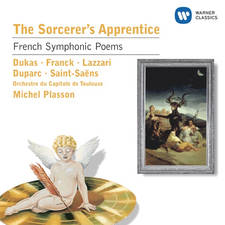Mendelssohn - Hebrides Overture ('Fingal's Cave')
How do you conjure up the sounds and sights of Scotland in a single piece of music? That was the challenge facing Mendelssohn when, in 1829, he travelled home from a memorable trip to the Scottish island of Staffa and its famous Fingal’s Cave.
The journey had evidently made an immediate impression on the German composer: just hours later, he had written the first few bars of this piece and sent them off to his sister, Fanny, along with a note that described "How extraordinarily the Hebrides affected me".
His travels to Scotland were part of a wider tour of Europe for Mendelssohn during his early twenties, and it’s not hard to see why he was particularly captivated by what he encountered on Staffa. Fingal’s Cave is over sixty metres deep and in stormy tides the cacophonous sounds of the waves inside it rumble out for miles. The intense and rolling melodies within the music perfectly capture this sense of both drama and awe; calmer passages, meanwhile, convey stiller waters and more tranquil surroundings. But it’s never long before the return of that stormy scene.
On completing the score, Mendelssohn triumphantly wrote ‘Fingal’s Cave’ on the front page, leaving no room for doubt that his Hebrides Overture was wholly inspired by this awesome Scottish landscape.












